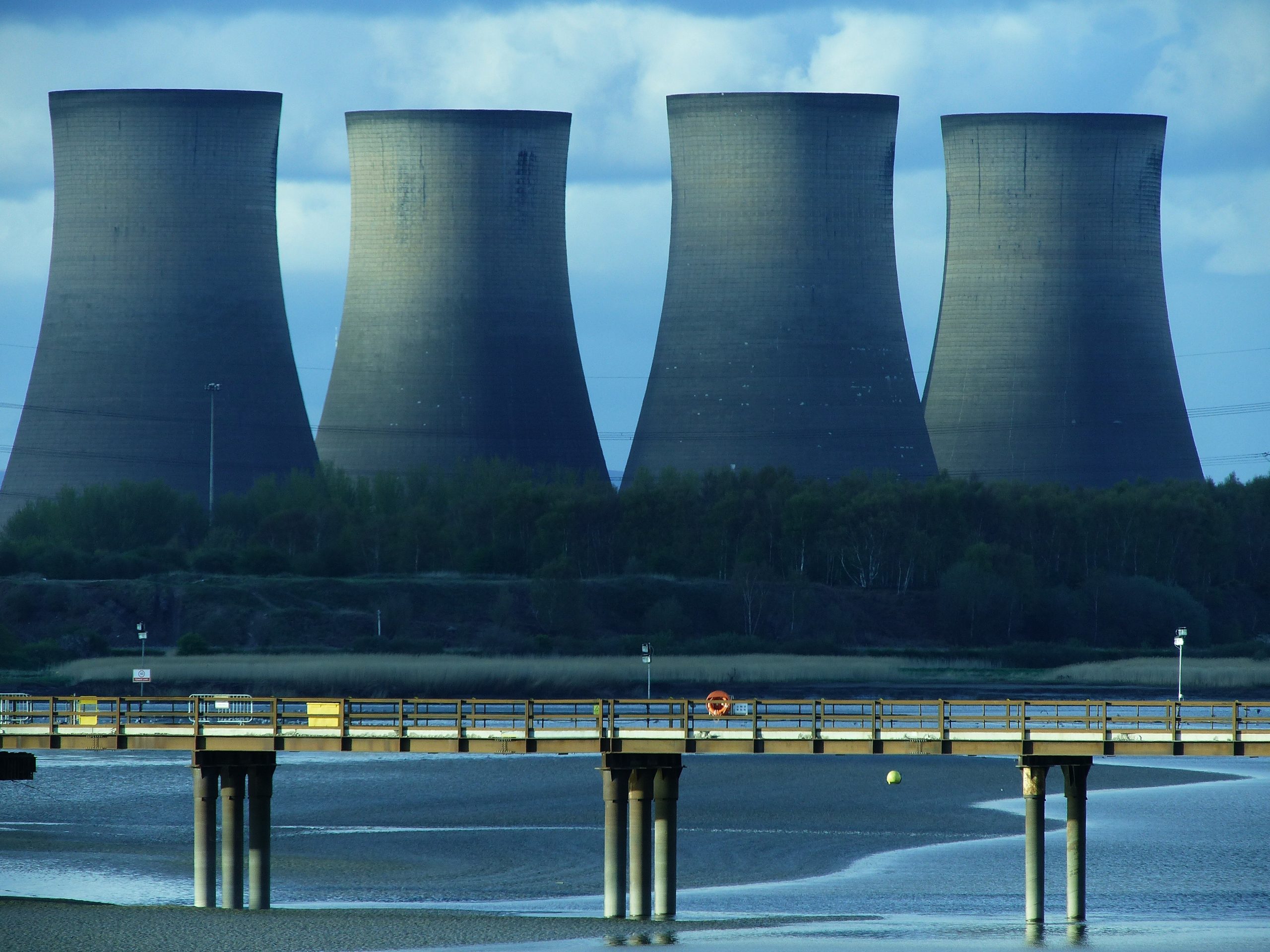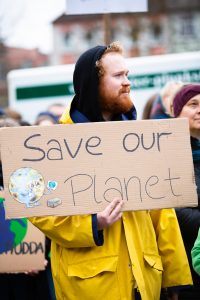In the midst of nations pledging to plant billions of trees, there is a new question emerging in the fight for climate change.
Is it better to plant trees or let forests regrow naturally?
A new study has revealed that the power of forests to naturally regrow has been substantially underestimated in the fight for rapid climate action.
Susan Cook-Patton, a postdoctoral researcher at the Smithsonian Environmental Research Center in Maryland, has stated that she has helped climate action by planting 20,000 trees along the Chesapeake Bay.
According to Cook-Patton, the trees that grew the best were ones that they did not plant. The ones that grew naturally on the ground grew strongly. She continues, stating that this shows just how much nature knows what it is doing and can revive itself.
Cook-Patton asserts that if this is the case at the Chesapeake Bay, it must be true for many other places that need reforestation. The researcher believes that it may be best to just allow nature to grow back naturally.

In a global study, Cook-Patton came to the conclusion that natures ability to regrow forests and absorb atmospheric carbon, hence fight climate change, has been sorely underestimated by the climate change community.
Tree planting is trending right now.
This year, Switzerland’s World Economic Forum announced that it is necessary for the entire world to plant as many trees as possible.
Last month, the United States administration promised to plant 855 million trees, with support from not only climate change activists, but business and nonprofits organisations including American forests. These trees are estimated to be planted across 2.8 million acres.
In comparison, the European Union promised to plant up to 3 million trees. Their target is to regrow more than 850 million acres of forests through the planting of trees.
While planting trees is a very popular solution to our climate issue, and everyone agrees that it is integral to complete our three-decade mission to achieve a zero-carbon economy, there are some disagreements among the community.
Critics have been questioning the rate at which many nations aim to achieve their goals, speculating that they may simply create fast-growing forests full of nonnative species that will only hinder the forests ecosystem.

Further, they assert that nature knows what is best for its own land, that if we allow neighbouring forests to seed and recolonise the open spaces rather than planting potentially nonnative plants could be more beneficial.
In a study published in Nature, Cook-Patton found that the rate of carbon accumulation from natural regrowth is approximately 32 per cent too low.
The study provides detailed analyses of where natural regrowth may be beneficial. Approximately 11,000 measurements were looked at in researching the carbon uptake of regrowing forests from around 250 studies from across the globe.
Cook-Patton discovered that carbon accumulation rates vary significantly based on the areas soil, climate, terrain and altitude.
Even within different countries, there were noticable differences.
The study showed that approximately 1.67 billion acres were available for natural reforestation. Cook-Patton est8imates that, between now and 2050, 73 billion tons of carbon could be captured through biomass and soil by natural forest regrowth.
They emphasise that the best thing about allowing forests to naturally regrow is that there is no need for human interaction.
It would be extremely beneficial to plant at least a trillion trees over the next 3 decades, and it is a logical action for us to take. However, this comes with limitations.
Not only would thousands of trees need to be planted every second around the world – but they would need to all survive.
Further, the cost of nurseries, soil, seeding and thinning can become expensive. It is estimated that planting a trillion trees could cost hundreds of billions of dollars.
So that leaves the questions of whether it is worth it if naturally regrowing forests are cheaper and arguably better.



































